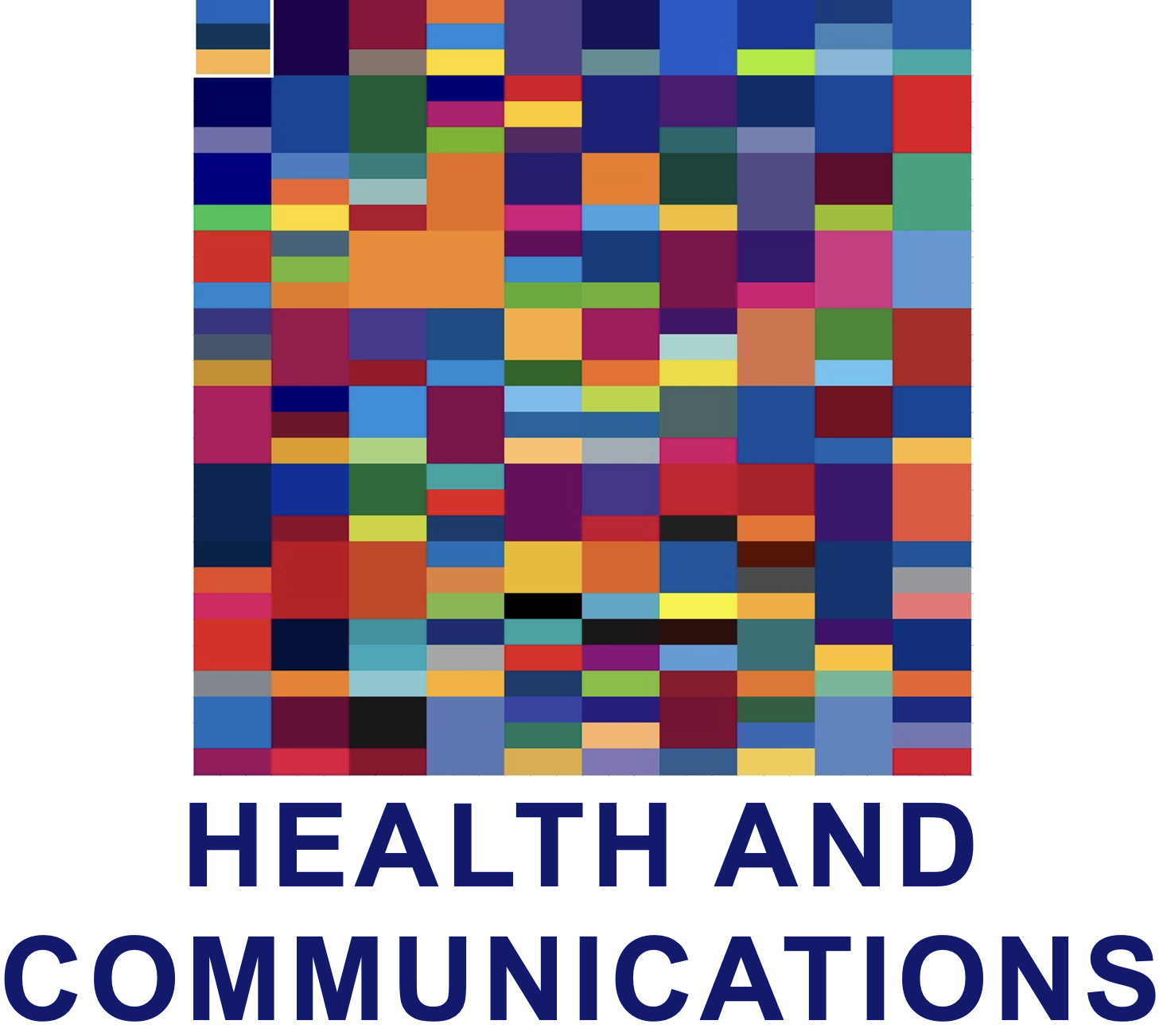Let's Say You Have $1 Billion...
So, let's say you have $1 billion that you want to donate to a global NGO... or maybe $10. Either way, how do you make a decision about who deserves your donation? Do you know, in order, the leading causes of death globally, the most prevalent diseases, the most pressing quality of life issues, the huge-risk/huge-payoff Moon-shot like projects that could change the world? Do you know the hundreds, or thousands, of NGOs, working in your particular areas of interest?
It would be enormously helpful to have a site that could step you through the process, along the lines of this decision-tree, but obviously more layered and granular. [ 1 ]
Alternatively, the new Global Goals tiles would also make a good interface:
As far as I know, no such site exists. There are a number of sites that list or catalog NGOs, but none that both sort them by specialty and rank them by the results they have achieved. Making and publishing such comparative judgments (both qualitative and quantitative) might seem almost disrespectful or counter-productive. After all, presumably all NGOs are doing some good but down-ranking some of them might dry up their contributions and jeopardize their survival. Then again, we should trust that more information will help people make better decisions and the more effective programs will benefit.
As for Moon-shots, the confounding situation exists where you almost have to be steeped within a discipline to know what would constitute the truly significant changes and advancements. Gavi, for example, has just committed $50 million (US) to its Cold Chain Equipment (CCE) Optimisation Platform, an initiative to maintain the viability of vaccine supplies at optimal temperatures, along the chain from manufacture to delivery. [ 2 ] Now imagine a Moon-shot that eliminated the need for a cold chain altogether, that freed up that $50 million (and millions more in matching funds from host countries) to immunize even more children. Or what about this: Gavi currently administers 11 different vaccines, five in one shot (pentavalent) and six others individually. [ 3 ] What if all eleven of those vaccines could be administered (or at least the first pass for those requiring multiple administrations) all at once? That's definitely a Moon-shot, with extraordinary savings to be accrued from reduced logistics, travel, and administrative costs, to say nothing of the fact that more children would be immunized against more diseases.
What would it take to create such a site or resource? You'd need (1) a database of the NGOs that could be sorted by the services these organizations offered, and (2) effectiveness ratings for each NGO. The first is easy to find. See, for example the UN's integrated Civil Society Organizations (iCSO) System, [ 4 ] with over 39,000 entries. The ratings, of course, are another matter. Those would probably have to be built up slowly over time, beginning with some rudimentary measures like the percent of their funding dedicated to overhead and the transparency of their financial reporting. Whoever developed these metrics could set standards that didn't penalize smaller organizations and weighted results over simple activity. [ 5 ]
A system like this would take some time to construct. In the meantime, perhaps a Yelp-like, crowd sourced system of voting or rating could be an interim solution. That would in no way be a preferable solution, but it could be a way to start.
And not only would such a system be valuable for making donation decisions, but it could also be useful in making teaming, employment, volunteer and a host of other decisions, too. I hope some day it's actually built.
Notes
[ 1 ] This decision tree is just for illustration purposes, and while the organizations associated with the various challenges do indeed work on their solutions, this chart should not be interpreted as saying that they necessarily are either the most effective organizations or that their work is the most extensive. Many NGOs work in all of these areas.
[ 2 ] See http://www.gavi.org/support/hss/cold-chain-equipment-optimisation-platform/ .
[ 3 ] The eleven are diphtheria, pertussis, tetanus (DTP) hepatitis B, and Haemophilus influenzae type B (Hib) together as the pentavalent, and individually, pneumococcal, rotavirus, human papillomavirus (HPV), rubella, Japanese encephalitis, and polio. See http://www.gavi.org/about/strategy/phase-iii-(2011-15)/vaccine-goal/.
[ 4 ] See http://esango.un.org/civilsociety/login.do .
[ 5 ] See http://www.healthandcommunications.com/blog/2015/11/29/wnu10qo1xoxvhev5iy5gbhvt1ao23j .



